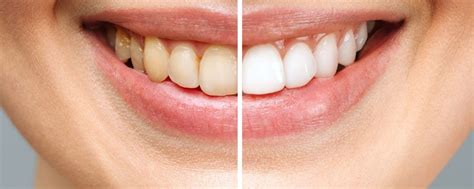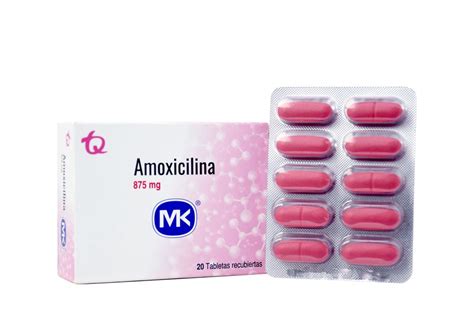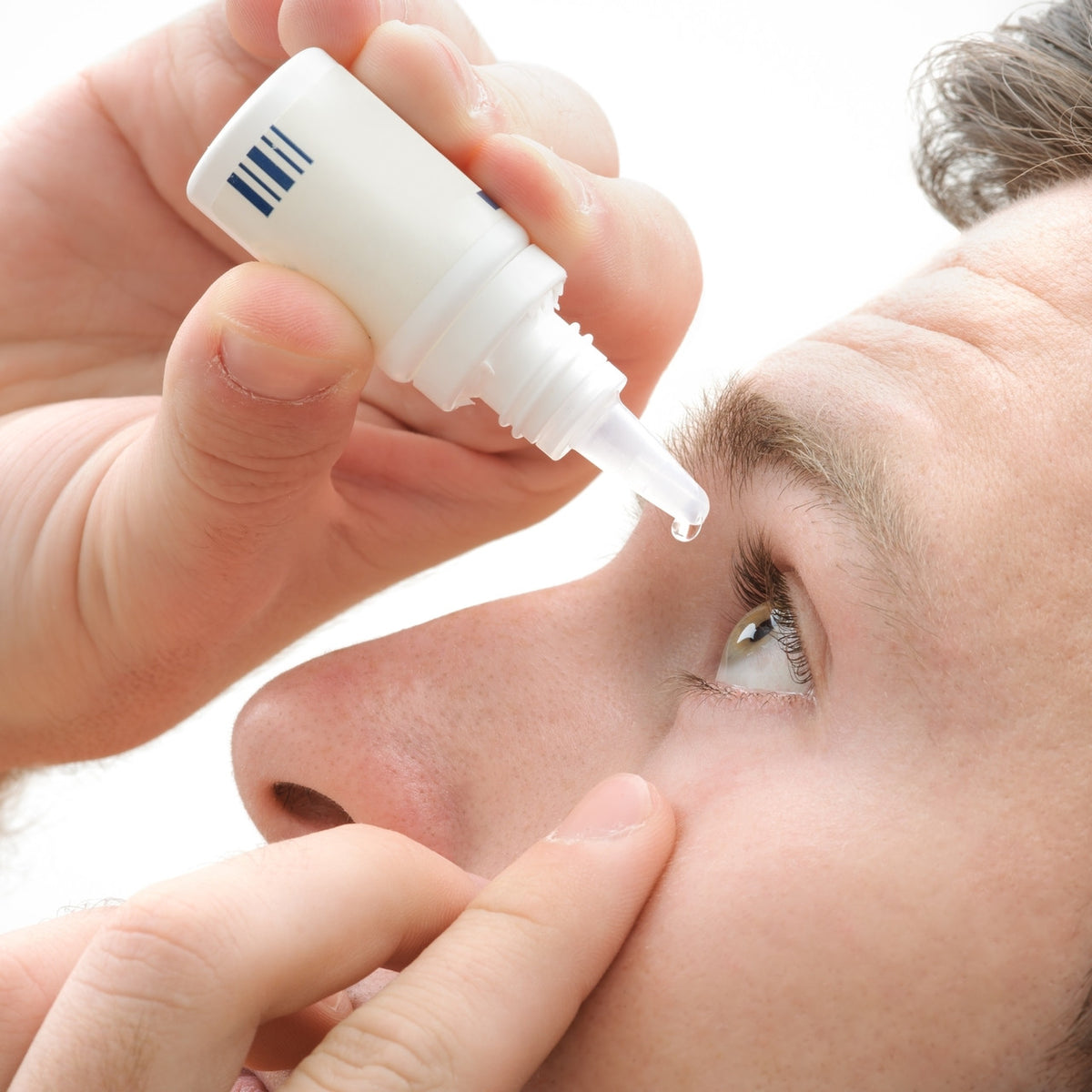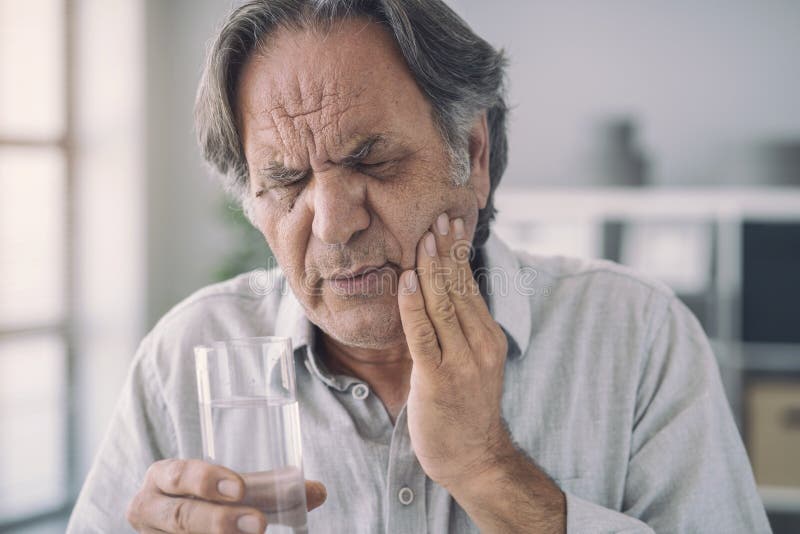Chemical Burn On Gums: Fast Relief And Healing

The sudden, searing pain of a chemical burn on the gums can be a harrowing experience, often leaving individuals scrambling for swift relief. Chemical burns, also known as chemical mouth burns or caustic burns, occur when the soft tissues in the mouth come into contact with substances that are either acidic or alkaline in nature, such as certain medications, household cleaners, or even some foods and drinks. These burns can range from mild to severe, with symptoms including pain, swelling, redness, and in severe cases, ulcers or the sloughing off of tissue.
Understanding the cause of a chemical burn is crucial for effective treatment and prevention of future occurrences. Common sources of chemical burns to the gums include accidental ingestion or direct contact with bleach, hydrogen peroxide, acidic foods like lemons or vinegar, and certain dental products or medications. Once the causative agent is identified and removed from the mouth, the focus shifts to alleviating the discomfort and promoting healing.
Immediate Relief Measures
For immediate relief from the pain and discomfort associated with a chemical burn on the gums, several steps can be taken:
- Rinse with Water: The first line of defense is to rinse the mouth thoroughly with warm water to remove any remaining caustic substance. This simple action can significantly reduce the severity of the burn.
- Salt Water Rinse: A saline rinse, made by dissolving a teaspoon of salt in a cup of warm water, can help reduce swelling and ease pain. Swish the solution around the mouth, then spit it out. Repeat this process several times.
- Baking Soda Paste: Applying a paste made from baking soda and water directly to the affected area can help neutralize the acid or base causing the burn, thereby reducing the pain and promoting healing.
- Topical Anesthetics: Over-the-counter topical anesthetics, such as benzocaine, can be applied to the burned area to numb the pain temporarily. However, it’s essential to follow the product’s instructions carefully and consult a dentist before using any new medications, especially if the burn is severe.
Promoting Healing
While initial relief measures can alleviate the immediate discomfort, promoting healing is crucial for full recovery. Here are some strategies:
- Maintain Good Oral Hygiene: Continue to brush and floss your teeth gently, taking care to avoid the burned area. Good oral hygiene can prevent infection and support the healing process.
- Soft Diet: Eating soft, bland foods can reduce irritation to the burned gums. Avoid spicy, hot, or acidic foods and drinks that could exacerbate the condition.
- Vitamin E Oil: Applying vitamin E oil to the affected area may help in the healing process. Vitamin E is known for its antioxidant properties, which can aid in tissue repair.
- Aloe Vera Gel: Aloe vera has anti-inflammatory properties that can soothe the burned area, reduce swelling, and promote healing. Apply aloe vera gel directly to the affected gums with a cotton swab.
Preventing Chemical Burns
Prevention is the best approach to dealing with chemical burns on the gums. Here are some preventive measures:
- Read Labels Carefully: Always read the labels of any substances before using them, whether they are cleaning products, medications, or foods, to understand their potential to cause burns.
- Dilute Substances: When using substances that could potentially cause burns, dilute them according to the instructions or as recommended by a healthcare professional.
- Avoid Ingestion: Never ingest substances that are not meant to be swallowed. Keep dangerous substances out of reach of children and pets.
- Regular Dental Check-ups: Regular visits to the dentist can help in the early detection of any oral health issues, including chemical burns, allowing for timely intervention.
When to Seek Professional Help
While many chemical burns can be managed at home, there are instances where professional medical or dental help is necessary:
- Severe Pain: If the pain is severe and does not subside with home remedies.
- Extensive Burns: If the burn covers a large area of the mouth or is very deep.
- Difficulty Swallowing: If there’s trouble swallowing due to the burn.
- Fever: The presence of a fever could indicate an infection.
- White or Black Tissue: Seeing white or black tissue in the burned area, which could signify dead tissue.
In conclusion, while chemical burns on the gums can be painful and alarming, they are often treatable with prompt and proper care. Understanding the causes, knowing how to provide immediate relief, and promoting healing are crucial steps in managing these burns. For severe cases or when in doubt, seeking professional dental or medical advice is not only prudent but necessary to prevent further complications and ensure complete recovery.
How do I know if my chemical burn is severe and needs medical attention?
+A severe chemical burn may exhibit symptoms such as extensive tissue damage, severe pain that does not respond to over-the-counter pain relievers, difficulty swallowing, fever, or signs of infection like redness, swelling, and pus. If you experience any of these symptoms, it’s crucial to seek immediate medical or dental attention.
Can all chemical burns on the gums be prevented?
+While not all chemical burns can be prevented, taking precautions such as reading and following instructions on household and dental products, avoiding ingestion of harmful substances, and being mindful of the potential for chemical burns during certain activities can significantly reduce the risk.
How long does it take for a chemical burn on the gum to heal?
+The healing time for a chemical burn on the gum can vary depending on the severity of the burn. Mild burns may heal within a few days to a week, while more severe burns could take several weeks to heal completely. Proper care, including good oral hygiene and avoiding further irritation, can help in speeding up the recovery process.



